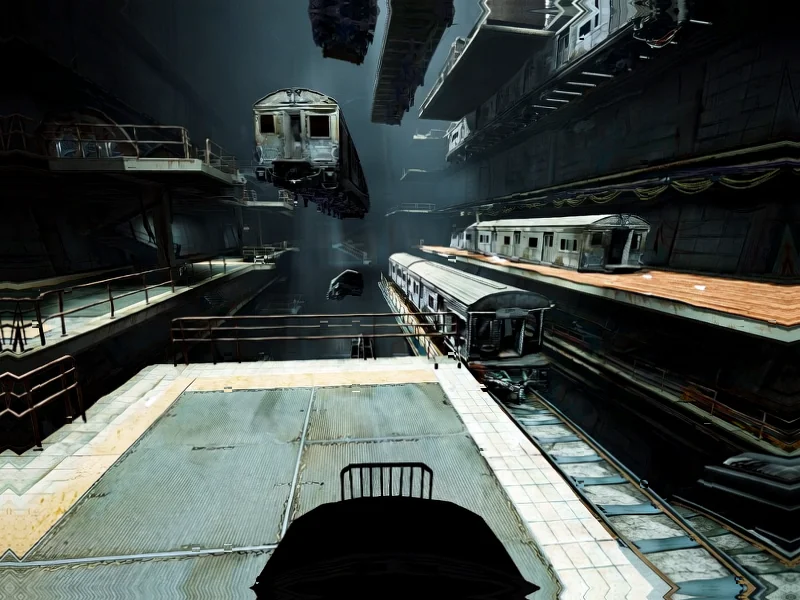According to Futurism, AI investor Matt Shumer posted AI-generated first-person-shooter footage intended to showcase the future of gaming, but the clip drew widespread mockery for its lack of continuity and coherence. The video featured nonsensical text, inconsistent perspectives, and environments that randomly popped into existence, demonstrating that current generative AI video technology remains far from creating believable virtual worlds. This incident highlights the significant gap between AI hype and current capabilities in gaming applications.
Table of Contents
The Technical Reality Behind AI Video Generation
Current AI video generators like those used in Shumer’s demonstration operate fundamentally differently from traditional game engines. While engines like Unity and Unreal create consistent 3D environments using mathematical models and physics simulations, AI video generators essentially predict the next frame based on previous frames and training data. This approach inherently lacks the underlying world model necessary for interactive experiences. The technology struggles with object permanence, spatial relationships, and cause-and-effect logic because it’s essentially pattern-matching rather than modeling reality. When you see subway stations appearing randomly or characters teleporting, you’re witnessing the absence of a coherent simulation engine that traditional video game development relies upon.
Critical Challenges in AI Gaming Development
The fundamental problem extends beyond visual glitches to core interactive requirements. Traditional games maintain persistent game states where every action has predictable consequences within established rules. AI-generated content, as demonstrated in the widely criticized footage, cannot maintain this consistency because it lacks an internal representation of the game world. The nonsensical text like “Sublone” station and “Lergevhtiepsappe” buttons reveals that current models don’t understand what they’re generating—they’re simply approximating patterns from training data. More critically, interactive gaming requires responsive systems where player inputs produce reliable outcomes, something fundamentally at odds with the probabilistic nature of current artificial intelligence systems.
Broader Industry Implications
The gaming industry’s interest in AI is understandable given development cost pressures, but this demonstration reveals dangerous assumptions. Major studios investing in AI tools risk underestimating the complexity of creating interactive experiences versus generating passive content. The public reaction also signals potential consumer resistance to AI-generated games if quality standards aren’t maintained. While AI can assist with asset creation or procedural content generation, replacing core game engines with generative systems would require fundamental architectural changes that don’t yet exist. The industry faces a critical period where distinguishing between AI-assisted development and fully AI-generated games will determine whether these technologies enhance or undermine gaming quality.
Realistic Development Timeline
Claims that AI-powered games will be “incredible in five years” ignore the fundamental research breakthroughs still needed. Current limitations in AI video generation reflect deeper challenges in spatial reasoning, physics simulation, and interactive storytelling that won’t be solved by scaling existing models. The path forward requires hybrid approaches combining traditional game engines with AI elements, rather than complete replacement. More realistically, we might see viable AI gaming applications in specific niches like dynamic dialogue systems or adaptive level design within the next 3-5 years, but fully AI-generated games of AAA quality remain a distant prospect requiring architectural innovations beyond current generative AI paradigms.


